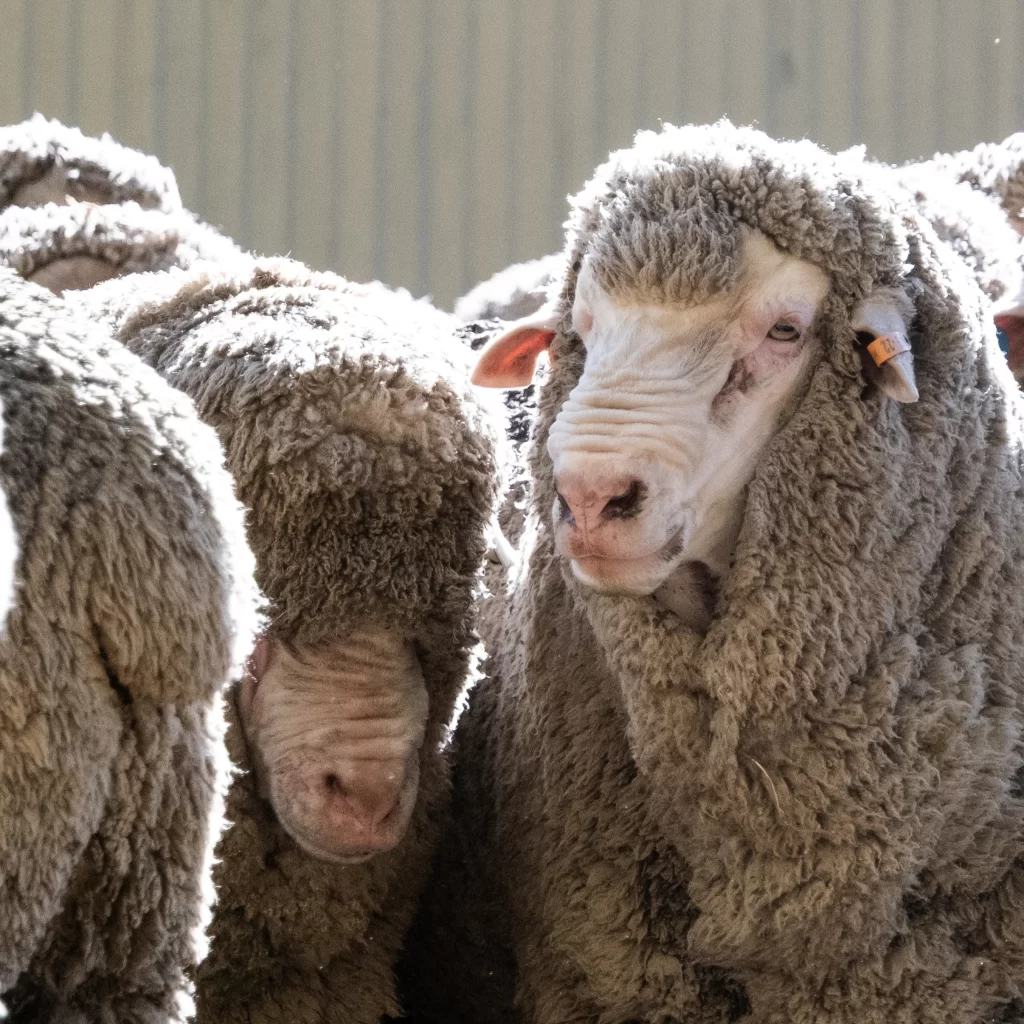Think Johne’s disease, think cattle? Think again! Johne’s disease is a bacterial infection resulting in untreatable wasting and death of adult animals. It is a challenging disease to control due to its very long incubation period, poor test accuracy and long environmental survival. This has implications for disease management and means our only realistic target is to minimise the effects of disease since eradication is near impossible.
The first diagnosed case of Johne’s disease in sheep in New Zealand was in 1952, and an estimated 76% of sheep properties are now thought to be infected.
The Johne’s bacteria strain affecting sheep is a slightly different variant to the cattle version, which means some properties will have infected sheep but not infected cattle and vice versa, however there can be some cross species infection. Goats and deer can be infected with either strain variant, and wildlife such as rabbits and stoats can also be infected, though their role in transmission is not yet certain.
Lambs either become infected in utero (infected ewe gives birth to infected lamb), or by ingesting the Johne’s bacteria via milk or faeces as lambs.
Many of these young animals clear the infection; others become subclinical carriers and are constantly shedding a small amount of Johne’s disease in the environment, becoming a trickle source of infection for other animals. Due to a very long incubation period (often years) we do not usually see clinical disease until animals are over two years of age.
Diagnosis can be frustrating; it is not as simple as a positive or negative blood test confirming disease status. The sensitivity of the testing is very poor while animals are in the incubation or subclinical phase, which means infected animals are often missed.
Clinical signs of Johne’s disease
Animals become thinner and thinner over two to four weeks; they may get a ‘bottle jaw’ (wobbly fluid under the chin) and some will get softer faeces, but many sheep will not scour – the opposite of cattle.
Most clinical cases of Johne’s disease are seen in winter due to the stress of pregnancy, colder weather and decreased nutrition. Shearing, weaning, parasitism and drought are other stressful events in the sheep calendar which can also send them into clinical disease.
Most infected flocks have 0-2% of animals going into clinical Johne’s per annum, although this will vary year to year due to fluctuations in strain severity, sheep susceptibility, climate, nutritional factors, husbandry and other concurrent disease e.g. worms. Merino sheep are more susceptible than other breeds.
Production effects of subclinical Johne’s disease
Subclinically infected animals may appear healthy but, extrapolating from what we know in cattle, we suspect subclinical Johne’s affects many aspects of production from fertility, milk production, wool quality and growth rates to general immunity and susceptibility to other diseases, the main being parasitism. While vaccination certainly helps reduce shedding and clinical disease, the subclinical effects are likely to still be rumbling on and affecting your bottom line.
We are currently doing some work with DRL Laboratories, a lab specialising in Johne’s diagnosis and research, whereby we submit faecal samples for Johne’s testing alongside routine worm egg counts. Sheep carrying Johne’s are more likely to succumb to worms due to poor gut and general immunity, so we suspect many Johne’s cases are being misdiagnosed as just ‘wormy’ sheep.
Please get in touch with us if you would like to be involved and establish the Johne’s status of your property. If you know you have a Johne’s problem, there are a whole raft of measures to adopt in your Johne’s control plan involving grazing management, stock rotation, tupping and lambing timings, vaccination and strategic testing and culling.
There is far more to understanding and controlling this complex disease than we can cover in this article but if you wish to discuss anything further, please get in touch with your local Vetlife veterinarian.
